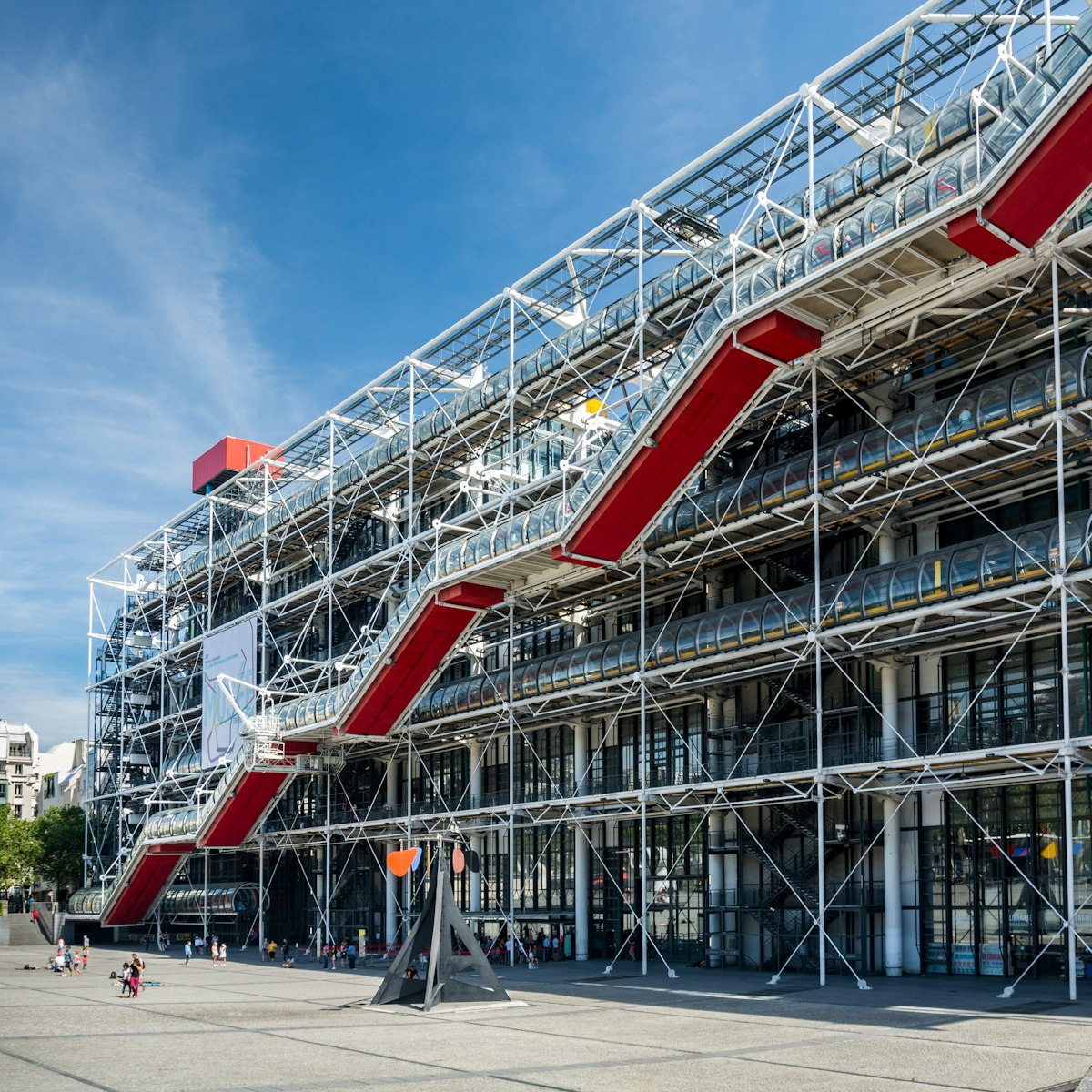Elegant and regal in equal measure, the massive neoclassical dome of the Left Bank's iconic Panthéon is an icon of the Parisian skyline. Louis XV originally commissioned the vast architectural masterpiece around 1750 as an abbey dedicated to Ste Geneviève in thanksgiving for his recovery from an illness. Due to financial and structural problems, it wasn’t completed until 1789.
In 1791, the abbey was converted into a mausoleum for some of France’s most illustrious citizens, modeled after the Pantheon in Rome.
A copy of Foucault's pendulum, first hung from the dome in 1851 to demonstrate the rotation of the earth, takes pride of place.
Until the Eiffel Tower was completed in 1889, the Panthéon was the highest building in Paris.
Who is buried in the Panthéon?
It has served since 1791 as the resting place of some of France’s greatest thinkers, including Voltaire, Jean-Jacques Rousseau, Louis Braille and Victor Hugo.
The first woman to be interred in the Panthéon based on achievement was two-time Nobel Prize–winner Marie Curie (1867–1934), reburied here, along with her husband, Pierre, in 1995. Also interred here are Resistance fighters Pierre Brossolette and Jean Zay, as well as the symbolic interments of Resistance fighters Germaine Tillion and Geneviève de Gaulle-Anthonioz, with soil from their graves. In July 2018, Auschwitz survivor, feminist icon and human rights activist Simone Veil became the fifth woman to be interred in the Panthéon.
A permanent exhibition provides context on the lives and works of those interred there.
Tickets and other practicalities
It is €11.50 for an independent tour, or €9 for a group tour. Its colonnaded dome, accessible via 206 steps, is open to visitors (an additional €3) between April and October–predictably, the city panorama is swooningly good.
Take a 1½-hour DIY guided tour of the mausoleum with the excellent audioguide (€3), available at the entrance.









